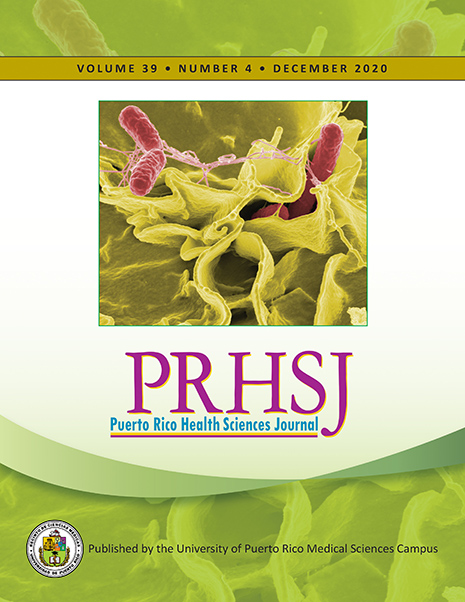Resumen
Objective: Postpartum depression (PPD) has negative effects on the mothers who experience it. The aims of the study described herein were to determine the prevalence of PPD and to determine the correlations between PPD and perceived social support, quality of life, and the risk factors for PPD. Methods: Data were collected using a questionnaire prepared by the researchers and that included the Edinburgh Postnatal Depression Scale, the Beck Depression Scale, the Quality of Life scale, the Multidimensional Scale of Perceived Social Support, and questions regarding the sociodemographic characteristics and PPD risk factors of the mother. Results: The prevalences of PPD were found to be 3.9% in the 4th week postpartum and 5.9% in the 6th week postpartum. Being a primary school (and no higher) graduate, being stressed in daily life, experiencing health problems during the delivery and the postpartum period, and not thinking of oneself as a good mother were all determined to be risk factors for PPD. Although the mean score for social support was higher in women with low PPD risks, this difference was not significant. According to a linear regression model, PPD negatively affected the social and psychological qualities of life of the mothers in the 4th week postpartum. Conclusion: Along with a trend suggesting a correlation between high social support and low PPD risk in women, a correlation between low PPD risk and high quality of life was also found.
Authors who publish with this journal agree to the following terms:
a. Authors retain copyright and grant the journal right of first publication with the work simultaneously licensed under a Creative Commons Attribution License that allows others to share the work with an acknowledgement of the work's authorship and initial publication in this journal.
b. Authors are able to enter into separate, additional contractual arrangements for the non-exclusive distribution of the journal's published version of the work (e.g., post it to an institutional repository or publish it in a book), with an acknowledgement of its initial publication in this journal.
c. Authors are permitted and encouraged to post their work online (e.g., in institutional repositories or on their website) prior to and during the submission process, as it can lead to productive exchanges, as well as earlier and greater citation of published work (See The Effect of Open Access).
